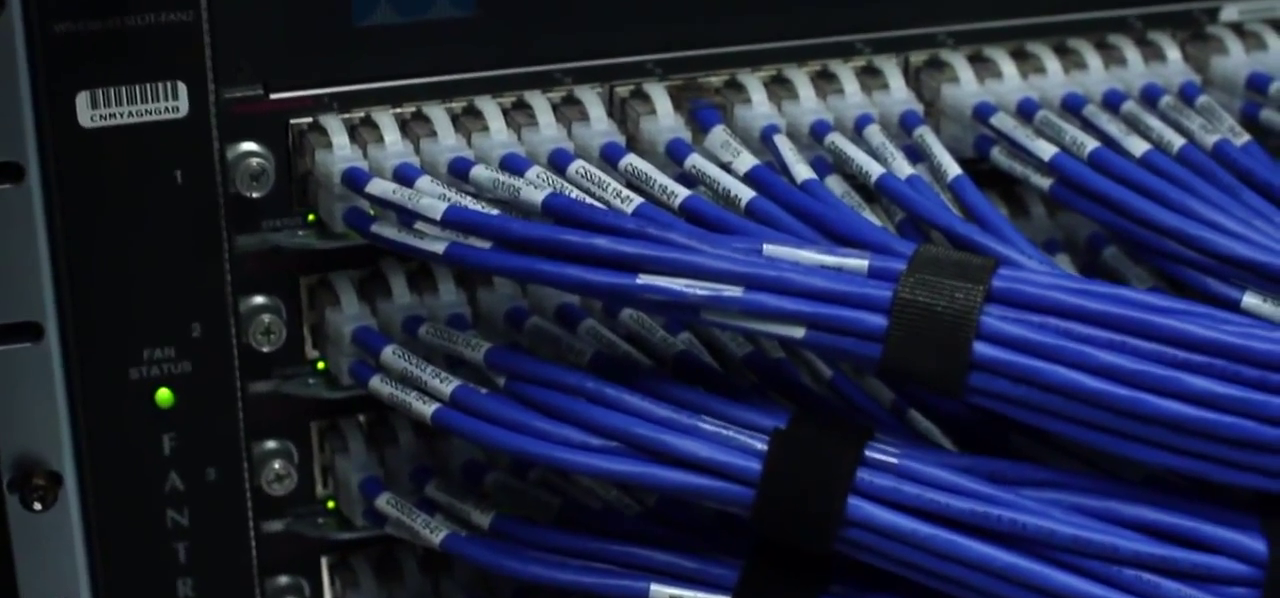This post is also available in:
 עברית (Hebrew)
עברית (Hebrew)
Smart city projects are using a range of technologies, such as sensors, video, smart meters, analytics, and more to improve the lives of citizens, optimizing energy efficiency, improving public safety, etc. However, creating infrastructures and policies where the Internet of Things (IoT) technologies – often operated by different groups within a city – can share data with each other in real-time is a challenge of an entirely different scale.
It’s hard to convince an electric department that it should share a network platform with public safety or education departments, as each group wants to ensure its network traffic is always the top priority, writes smartcitiesdive.com. However, in a smart city environment, none of them have a robust enough network infrastructure to handle the increasingly dynamic data traffic presented by advanced technology on their own. A true smart city should have a converged network platform that is intelligent enough to ensure data prioritization for each agency while being better positioned to handle the ever-rising tsunami of data.
Cities that leverage secure, reliable and scalable networks to reliably and securely deliver optimized public services are the cities that become smart. Smart cities are connected cities that fully leverage networking, sensors, and data analytics to improve the daily lives of the city’s inhabitants.
AT&T and GE have recently partnered to turn street lights into micro data centers, by equipping lampposts with smart lighting technology while also providing surveillance capabilities via video, acoustic and environmental sensors monitoring the area. The data generated by these posts offer both public safety groups and the department of energy valuable insights, allowing them to make real-time decisions, whether it’s turning on more street lights or deploying more (or less) public transportation vehicles, depending on demand.
Network demand is expected to be exacerbated by the increasing adoption of IoT and 5G technology, which involves billions of devices interacting with sensors, users and data centers to drive consumer and business interactions to unprecedented levels. The network supporting all this smart technology needs to adapt intuitively to shift bandwidth accordingly when and where it’s most critical. For example, in the case of a surveillance camera capturing a public emergency, the network needs to be intelligent enough to recognize when emergency service responders are needed so they can be alerted and respond quickly to situations as they happen.
More on smart city challenges


























